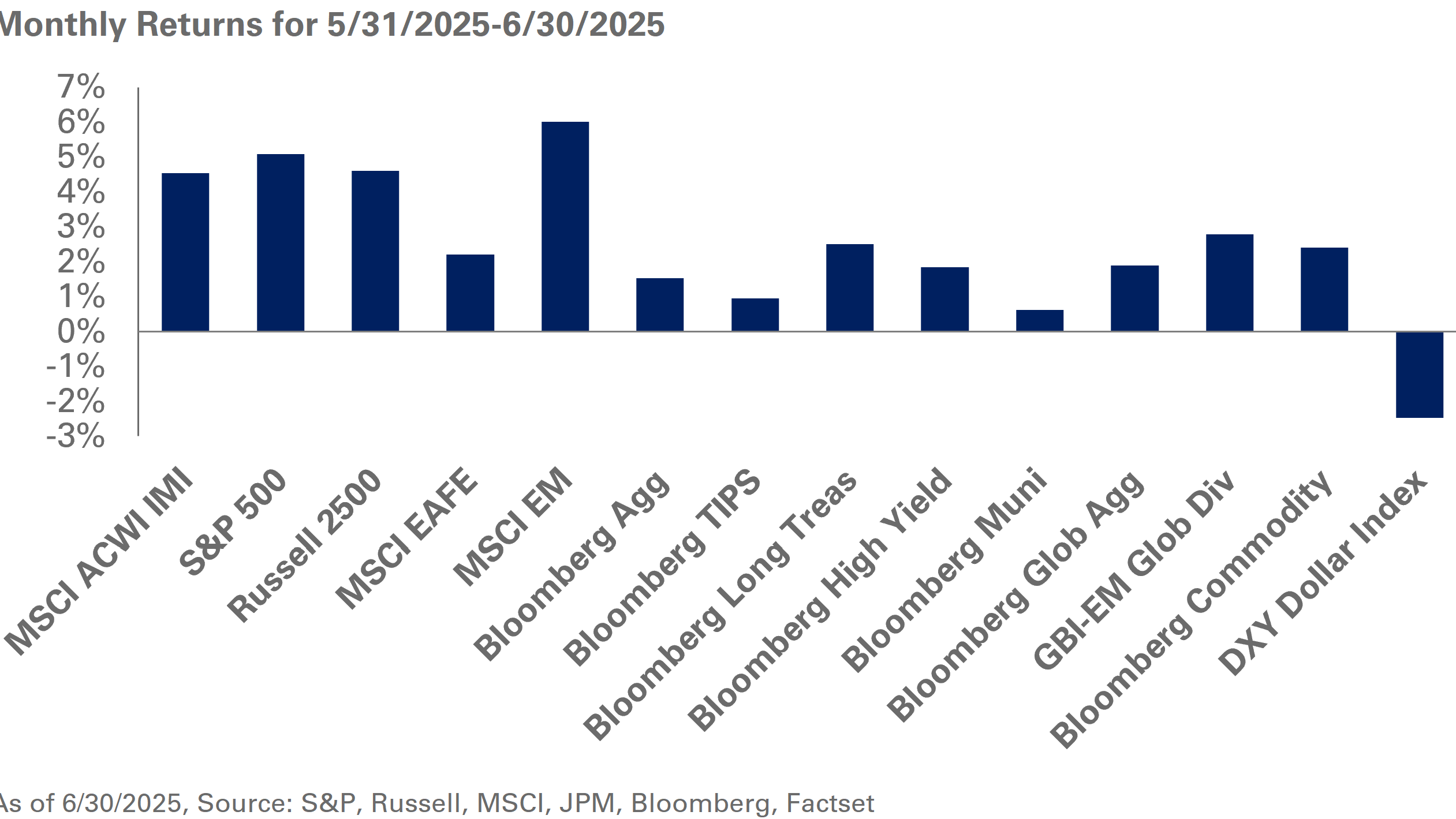The recently released 2022 NACUBO-TIAA Study of Endowments® highlighted important trends in the market and the ways those trends are challenging endowment finances.
Fiscal year 2022 (FY22) was an especially difficult year, with absolute spending rising as investment returns fell, according to the report. This was particularly true for smaller endowments. Effective spending rates were lower thanks to stronger investment returns in prior years, but the direction of change heightens the sense of risk.
What does the NACUBO-TIAA report tell us about the state of endowment finances, and what steps should endowments take? We see three important takeaways from the report that we believe should be a part of conversations around endowment planning.
1. Costs are rising, and that is likely to persist. Higher education endowments spent $25.85 billion in FY22, up from $23.89 billion the year before. Cost drivers included greater funding needs for student financial aid, academic programs and research. These commitments may be difficult to scale back even if average-annualized returns move lower.
2. In a difficult marketplace, mega endowments held their value better than smaller peers. College and university endowments lost an average of 8% during FY22. However, there was significant performance dispersion. Endowments with:
- assets of $1 billion or more posted an average return of -4.5%.
- assets of $25 million or less realized an average return of -11.5%.
The greater the decline, the higher the impact on longer-term annualized returns, which are already being pressured as inflation moves primary target returns higher. “The rising target seems especially daunting given the long-term annualized returns endowments have generated and the concerns among many investors that we have entered a period of muted investment returns,” stated the report1.
3. Private markets were the key to outperformance in FY22. Private equity outperformed other asset classes during the fiscal year. Overall, higher education endowments emphasized private market investments—private equity, venture capital, real estate, real assets and hedge funds— rather than public equities. The performance of these assets helped offset the impact associated with drawdowns in the public market.
The average is skewed by mega endowments — they had significantly more exposure to private markets, a difference that is reflected in their superior FY22 returns.
REASSESSING THE ROLE OF PRIVATE EQUITY
It is clear that private equity has become fundamental to the financial success of endowments, and smaller endowments, in particular, have been looking for ways to efficiently incorporate private equity into their portfolios. The NACUBO-TIAA Report offered some additional takeaways that can inform those strategies.
Chief among those insights is that the banking crisis has disrupted private markets. Recent bank closures have removed significant sources of capital from private equity markets, leading to uncertainty.
However, we do not believe there is a risk of contagion in the banking system. Overall, banks are well capitalized. We think the recent closing of Silvergate Bank, Signature Bank and Silicon Valley Bank will prove to be isolated liquidity events that are largely the result of asset-liability mismatches relative to the deposit profile for each bank.
On the other hand, disruption in private markets may open up opportunities to endowments. In our view, private markets will continue to reset throughout 2023, and lower valuations may provide attractive entry points. To take advantage of these opportunities, we look for ways to help our clients:
- participate in secondary and special/complex situation strategies,
- strengthen manager relationships by continuing to commit to deals, even if participation is smaller, and
- upgrade manager rosters as openings are created.
Historically, recession- and recovery-era vintage years have created some of the best opportunities to deploy capital to private equity.
REVIEW YOUR STRATEGY WITH NEPC
Markets create volatility, variability and challenges, but endowments can create stability by establishing a long-term plan and tracking that plan over time. NEPC’s Total Enterprise Management (TEM) approach helps organizations efficiently bridge the decision-making gap between short-term operational decisions and spending needs, and long-term investment return and risk. If you have questions or would like to learn more about TEM, please contact your NEPC consultant.
1 2022 NACUBO-TIAA Study of Endowments. Presentation of key insights. NACUBO.org. March 2, 2023. Cited March 17, 2023.



